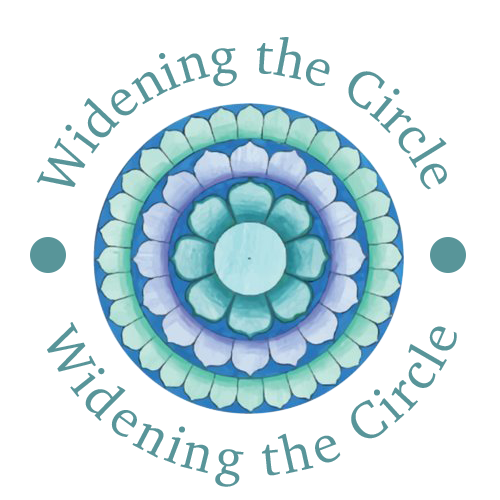Guidelines on Person-First Language
Language is a powerful mechanism. Words can empower or diminish; affirm or dismiss. The words chosen when referring to individuals with disabilities hold importance. The term “disability” implies a disadvantage, which influences the way many people think about individuals with disabilities.
In truth, all people are made in the image of God, and each is unique and unrepeatable. However, human beings are predisposed to discomfort in the face of difference. As stated in the USCCB’s “Pastoral Statement on Persons with Disabilities” (1978),
“Prejudice starts with the simple perception of difference, whether that difference is physical or psychological. Down through the ages, people have tended to interpret these differences in crude moral terms. “Our” group is not just different from “theirs”; it is better in some vague but compelling way.”
By coming to terms with potential personal bias or by deliberately choosing language that honors the dignity of the individual, organizations can be intentional about using respectful terminology and person-first language.
Placing the person before the disability highlights the person rather than identifying the difference first. Person-first language, essentially, emphasizes solidarity rather than difference. Rather than saying “an Autistic person,” chose to say, “a person with Autism.” Rather than saying “a handicapped person,” say “a person who uses a wheelchair.”
There are some instances in which terminology veers from the typical person-first recommendation. One example of this is with the Deaf community. To capitalize the D in Deaf refers to a community of people who might be persons who are deaf or the general community in which American Sign Language (ASL) is most prominently used. Those in the Deaf community may not prefer person first language.
Another example is in the adult Autistic community. Many adults with Autism refer to themselves as Autistic but loved ones and those surrounding that person might prefer the use of person-first language when describing or discussing that person. When in doubt, just ask! It is appropriate and respectful to ask a person, do you prefer this term or that?
You can find more information on person-first language through the National Catholic Partnership on Disability. A full rationale and style guide for terminology regarding persons with disabilities is available through the NCPD website: https://ncpd.org/resources_and_toolkits/speaking-disability-pastoral-guidelines-language-1
Sources
NCPD, “Speaking of Disability: Pastoral Guidelines on Language” https://ncpd.org/resources_and_toolkits/speaking-disability-pastoral-guidelines-language-1

